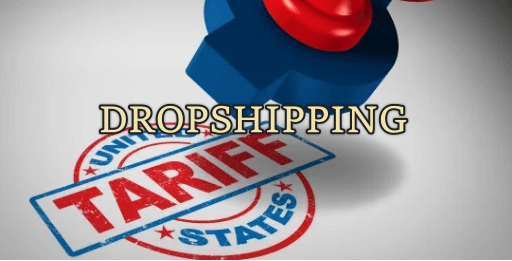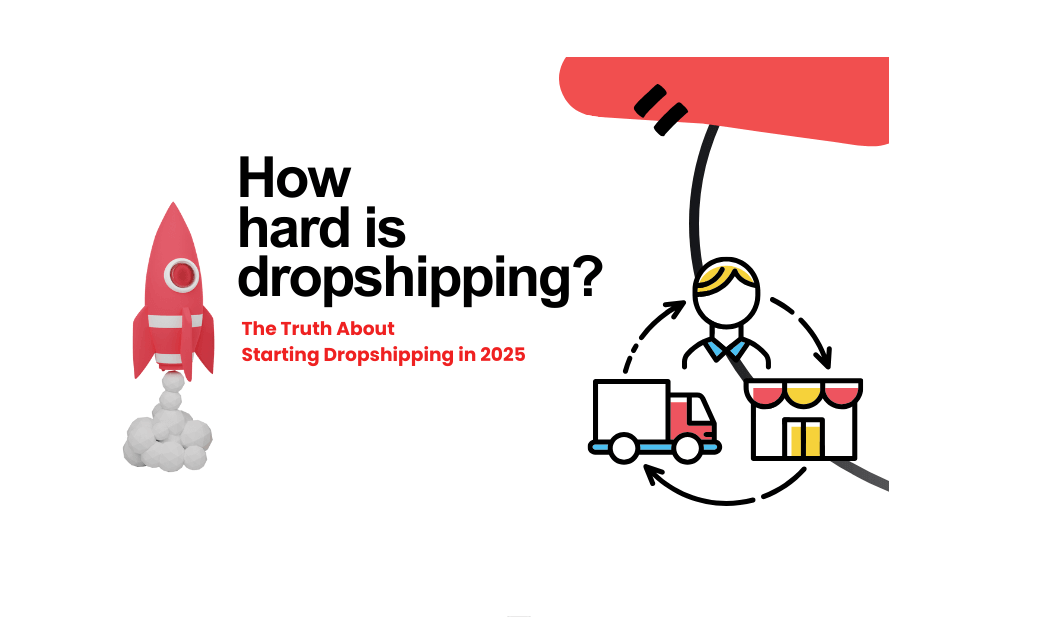In today’s globalized business landscape, companies strive to stay competitive by adopting effective strategies to meet their procurement needs. Sourcing is vital, allowing organizations to secure the right products and services at the best possible prices. This article will explore the sourcing world, its meaning, significance, and various aspects. So let’s embark on this journey and unravel the mysteries of sourcing!
Introduction
Sourcing is finding, assessing, and choosing vendors to meet a company’s procurement needs. It includes locating potential suppliers, negotiating terms, and maintaining positive relationships with those suppliers. Competitive advantage, cost savings, and new product development are just some of the benefits that efficient sourcing can accrue.
Defining Sourcing
Sourcing is actively seeking out, analyzing, and ultimately choosing a provider to buy a product, service, or raw material. To accomplish the organization’s procurement aims, it is necessary to analyze the suppliers’ capabilities, evaluate their performance, and negotiate favorable terms.
Sourcing can be used for both products and services, depending on the needs of the business.
The Importance of Sourcing
Effective sourcing is crucial for organizations to ensure a steady supply of quality products or services. Here are some key reasons why sourcing holds immense importance:
Cost Reduction: By identifying suppliers with competitive prices, sourcing helps businesses save money on their purchases. Shopping around for the best deal from various vendors can reduce costs.
Supplier Evaluation: With the help of sourcing, businesses can evaluate their potential suppliers in terms of quality, dependability, timeliness of delivery, and viability. This analysis is useful for picking vendors who can meet the business’s needs.
Risk Management: By using various suppliers, a business can lessen the impact of losing one. The ability to plan for contingencies and maintain a steady supply chain helps organizations weather inevitable setbacks.
Key Components of Sourcing
Successful sourcing involves several essential components that contribute to the overall effectiveness of the process. Let’s explore these components:
Supplier Selection
Finding possible suppliers, assessing their skills, and selecting the ones that best meet the needs of the business are all steps in the supplier selection process. When choosing a supplier, factors such as cost, quality, reliability, speed of delivery, and capacity are considered.
Negotiation and Contracting
The terms and conditions of the procurement agreement are established through negotiation, which plays a critical role in the sourcing process. Expert negotiators seek mutually beneficial conditions for all parties involved, including but not limited to price, payment, and delivery timelines.
The agreement reached during negotiations is memorialized in a written contract.
Supplier Relationship Management
Long-term success in sourcing depends on keeping relationships with suppliers in good shape. Maintaining positive working relationships with suppliers requires systematic approaches to communication, monitoring performance, problem-solving, and teamwork.
Types of Sourcing
Sourcing strategies can vary based on the organization’s requirements and the nature of the products or services being procured. Let’s explore some common types of sourcing:
Global Sourcing
Buying products or services from companies in other nations is known as “global sourcing.” It allows businesses to access a broader pool of suppliers, reduce costs, tap into global expertise, and enter untapped markets.
Local Sourcing
Local sourcing focuses on procuring goods or services from suppliers within a specific geographic region. It is often preferred when proximity, reduced transportation costs, and supporting local businesses are important considerations.
Single Sourcing
Single-sourcing involves relying on a single supplier for a specific product or service. It offers simplified supplier management, potential cost savings through volume discounts, and deeper collaboration. However, it also risks supply chain disruptions if the sole supplier encounters issues.
Multiple Sourcing
As the name suggests, multiple sourcing involves procuring from multiple suppliers for the same product or service. It provides organizations with backup options, flexibility, and the ability to negotiate better terms. However, managing multiple suppliers requires effective coordination and monitoring.
Best Practices for Effective Sourcing
To optimize the sourcing process and achieve desired outcomes, organizations should follow these best practices:
Conducting Market Research
A firm grasp on supplier capabilities, industry trends, and market dynamics requires extensive market research. Informed choices can be made, and opportunities to save costs or innovate can be found.
Supplier Evaluation and Qualification
A thorough evaluation procedure is essential to ensuring that the company’s suppliers consistently satisfy its quality, delivery, and financial standards.
To assure the dependability of their suppliers, businesses should set specific evaluation criteria and perform due diligence.
Building Strong Relationships
Nurturing strong relationships with suppliers fosters collaboration, trust, and mutual understanding. Regular communication, performance reviews, and addressing concerns promptly contribute to a healthy supplier relationship.
Leveraging technology solutions such as supplier management systems, e-procurement platforms, and data analytics enhances the efficiency and transparency of the sourcing process. Automation streamlines tasks and provides valuable insights for decision-making.
The Role of Sourcing in Dropshipping
Dropshipping is a business model where the retailer does not hold inventory but transfers customer orders and shipment details to the supplier, who then directly ships the products to the customer. In this business structure, a retailer’s products’ quality, availability, and shipping options depend on their sources.
Dropshippers can locate reputable suppliers who regularly provide products, manage inventories, and guarantee timely delivery through efficient procurement. Shops can put more effort into advertising, customer service, and product variety without worrying about keeping stock on hand.
The Role of Dropshipman in Sourcing and Fulfillment
Dropshipman is an integral part of the dropshipping process because it automates inventory management and order fulfillment, freeing up merchants’ time to focus on marketing and expanding their businesses.
Retailers may improve their customers’ experiences by integrating Dropshipman and taking advantage of its features to expedite sourcing, manage inventory, and guarantee timely delivery.
Final Words
Sourcing is a fundamental aspect of successful dropshipping. By understanding the meaning of sourcing and implementing effective strategies, you can establish strong partnerships with reliable suppliers, offer high-quality products, and streamline your business operations.
Embrace the opportunities provided by tools like Dropshipman to automate and optimize your sourcing and fulfillment processes, allowing you to scale your dropshipping business confidently.
Recommend
If you haven’t had a Shopify store yet. No worries, Are you ready to start your own online store and become a successful entrepreneur? Look no further than Shopify! For a limited time only, you can create your dream store for just $1/month.








![Dropshipping General Store vs. Niche Store [2025 Data and Table]](https://www.dropshipman.com/wp-content/uploads/2025/03/general-vs-niche-store.png)


